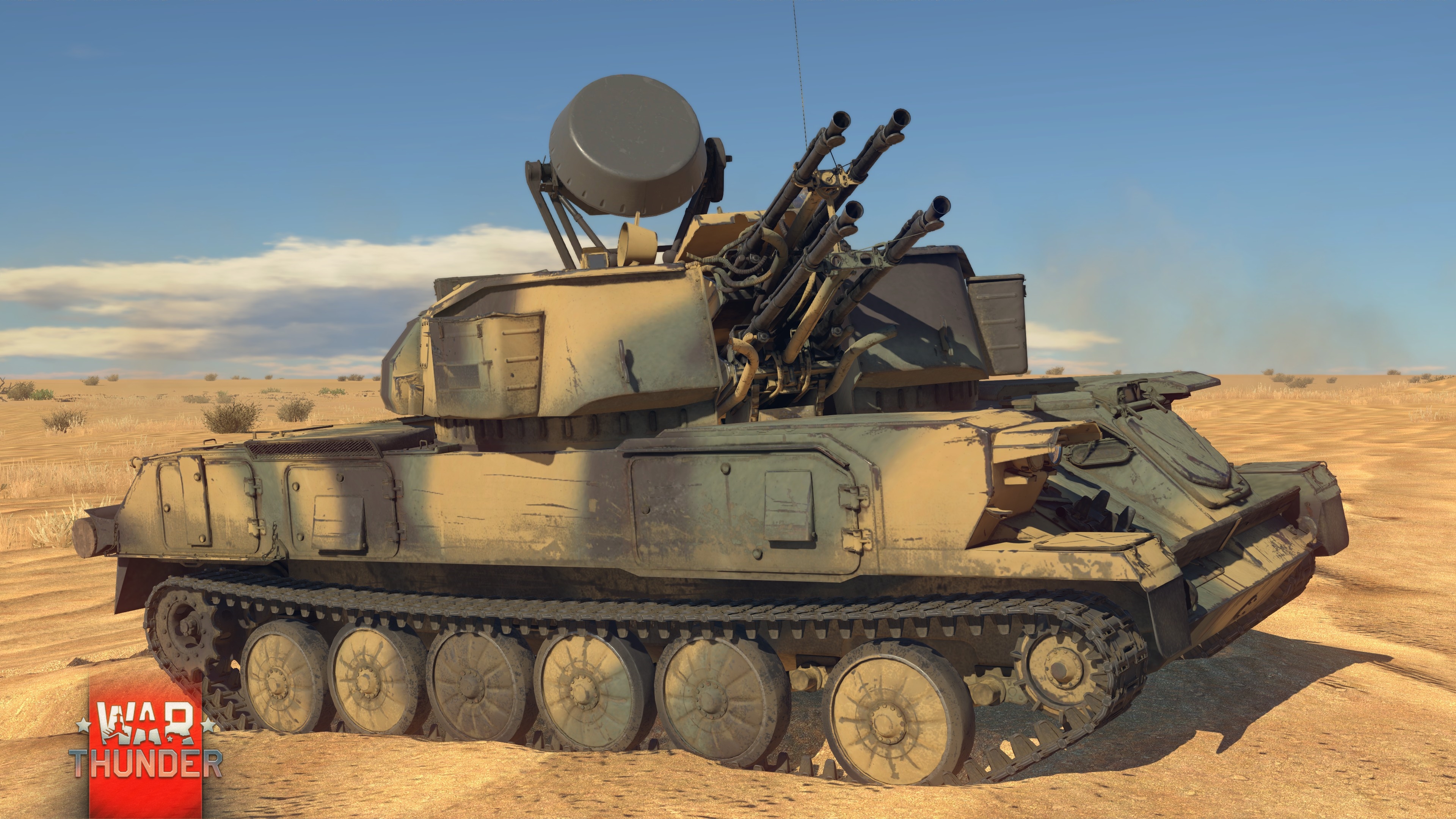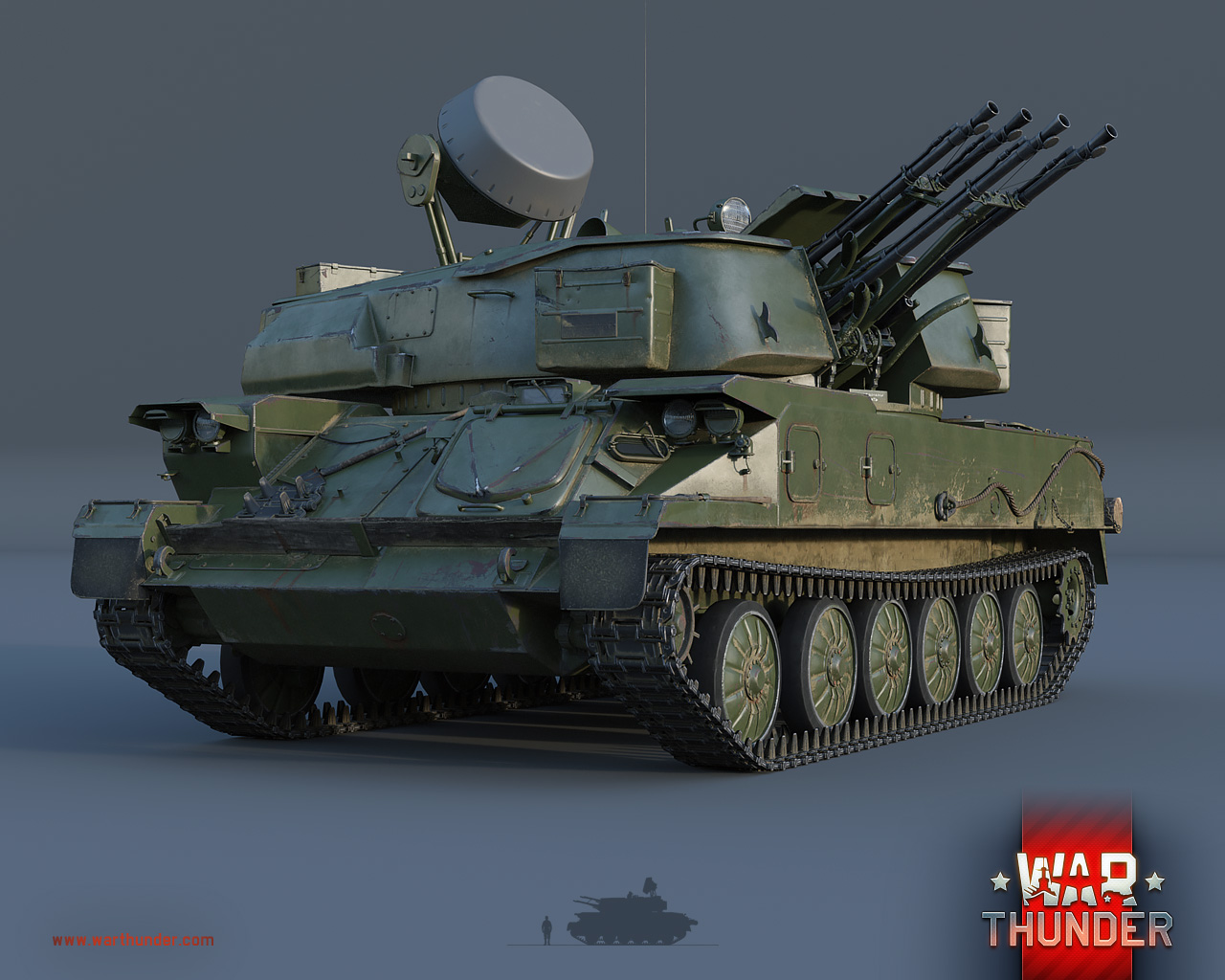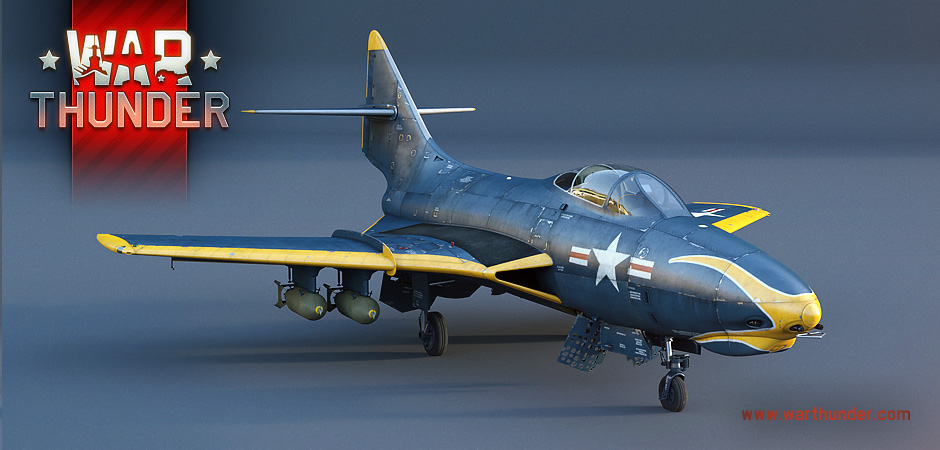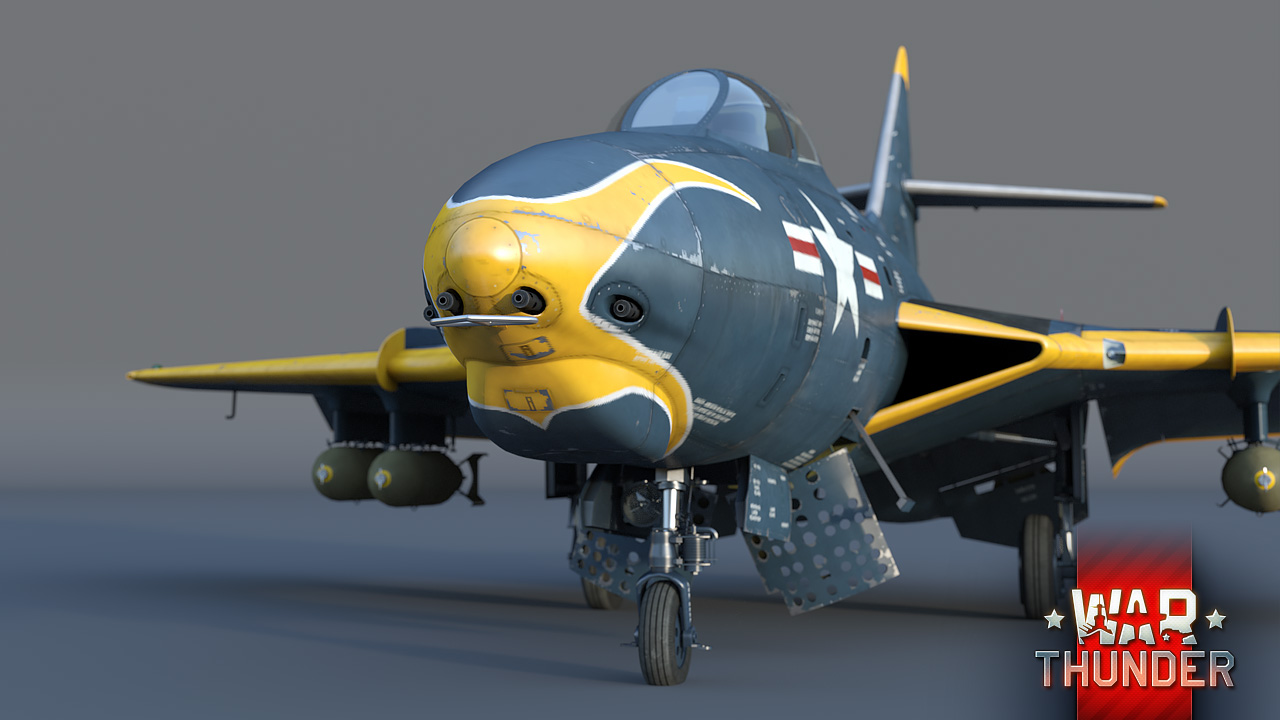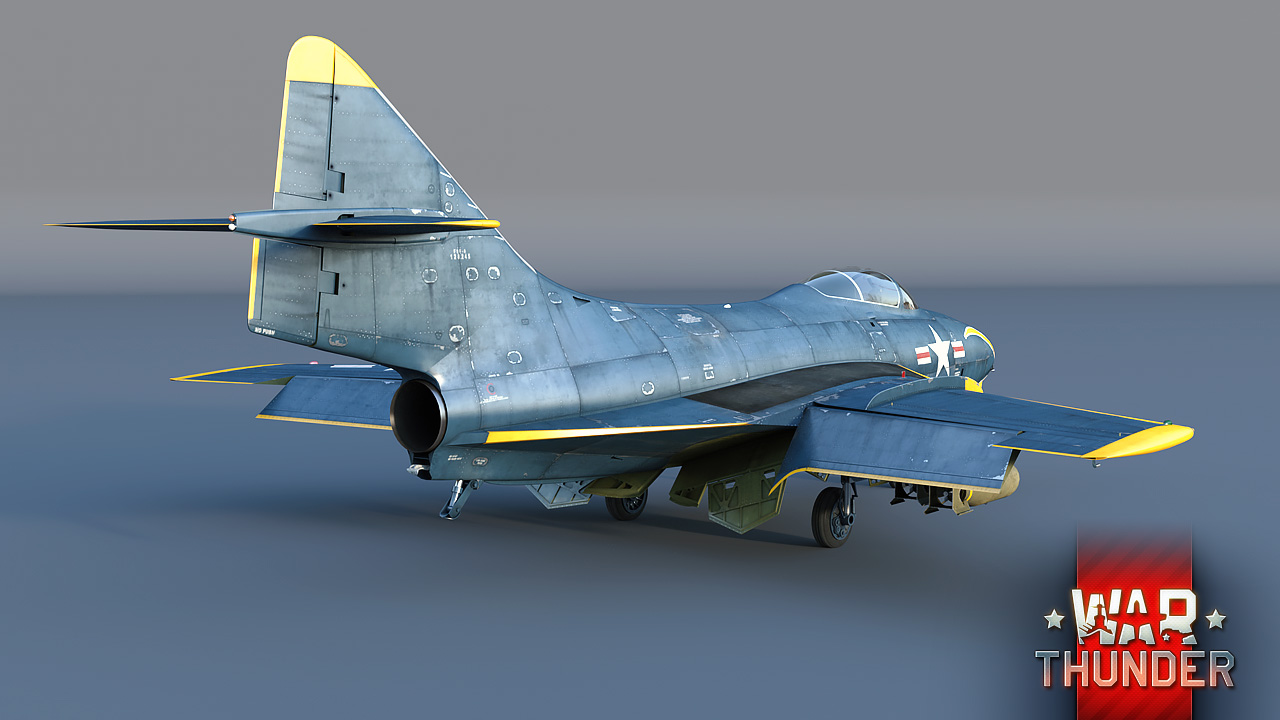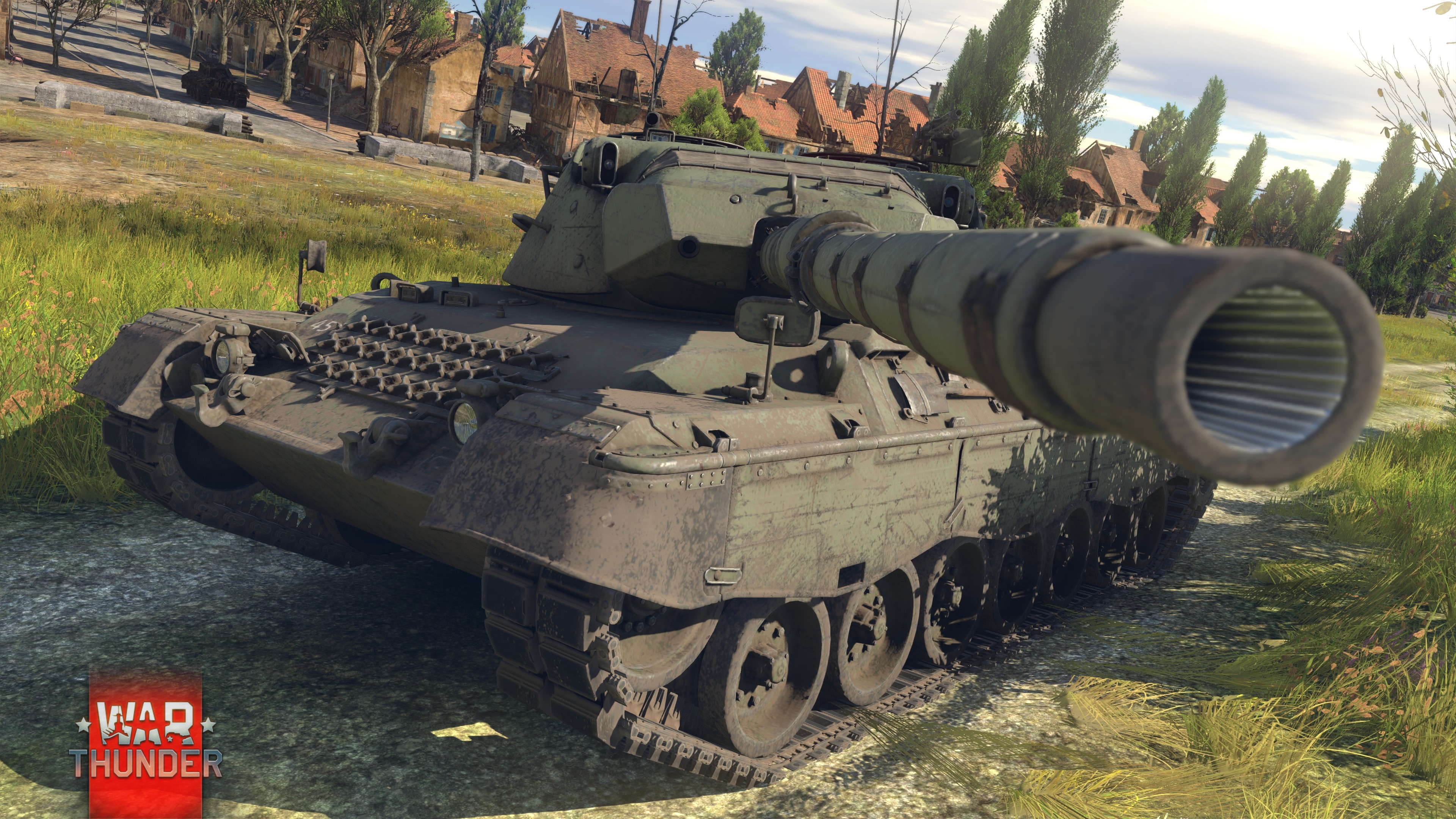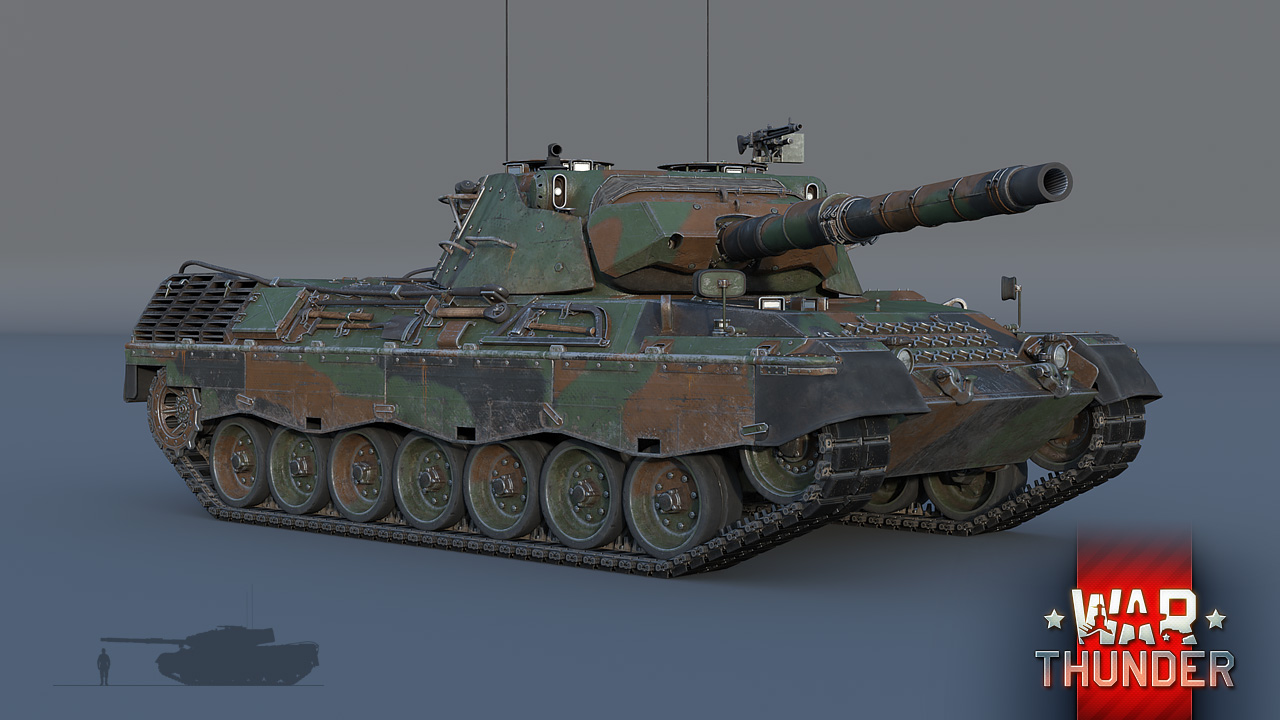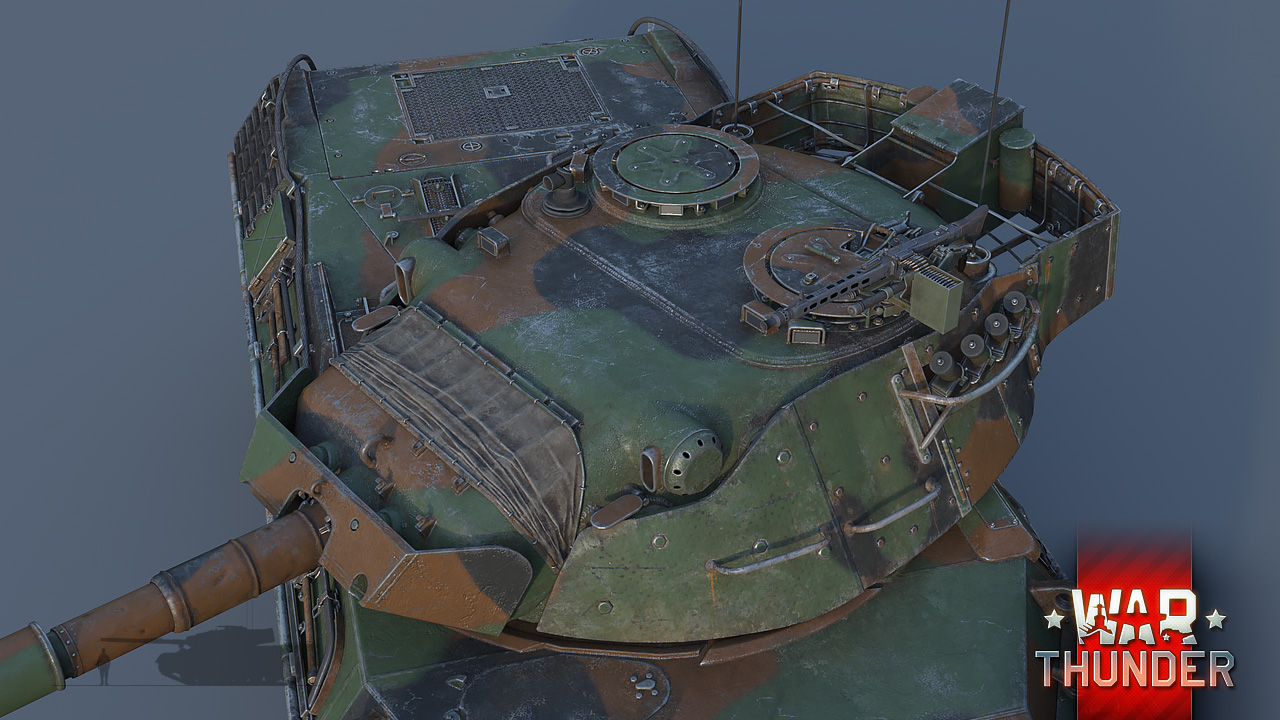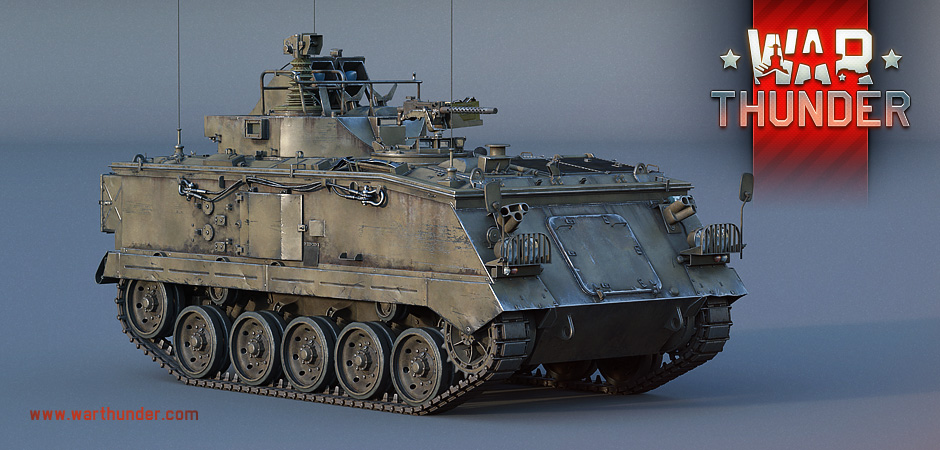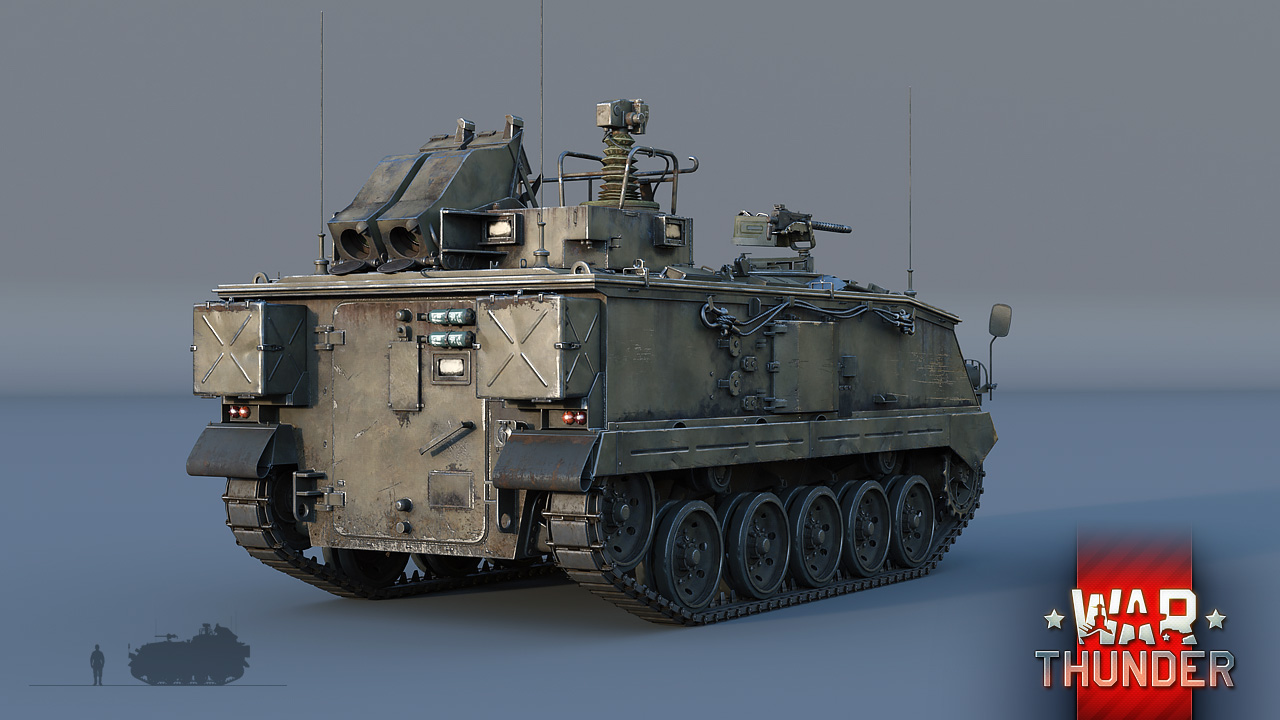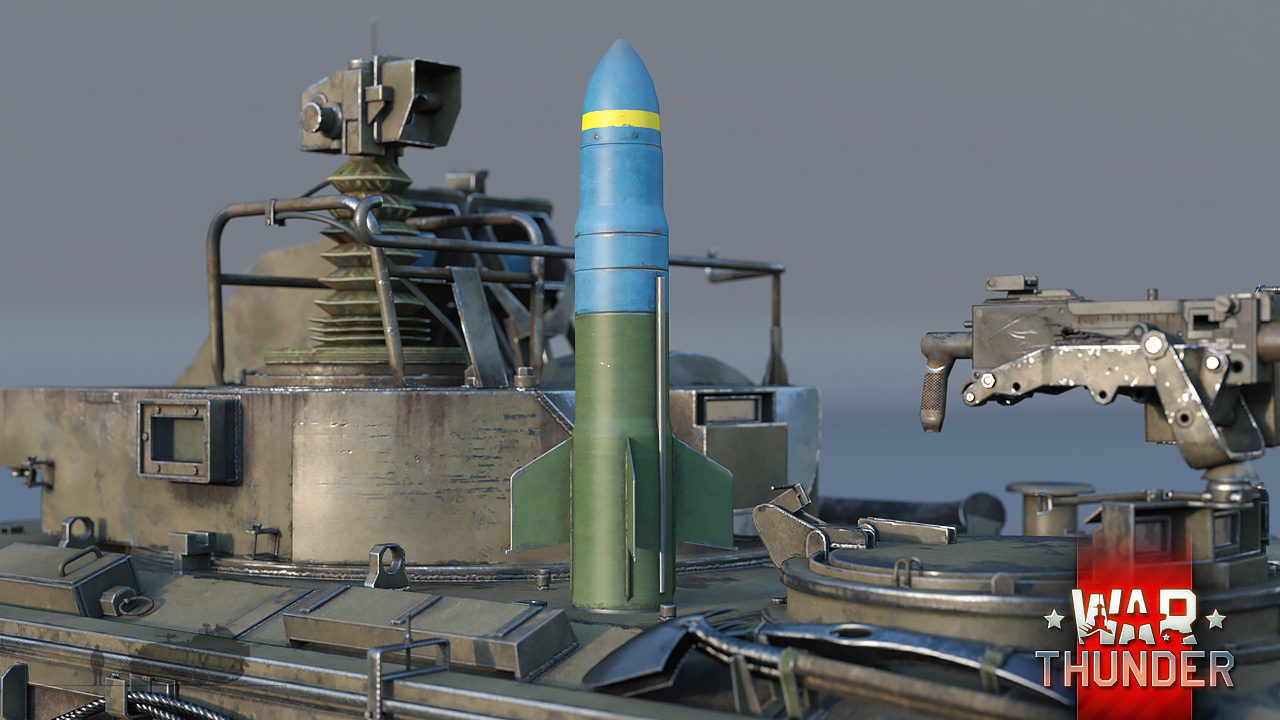
Sep 15, 2016
War Thunder - TheShaolinMonk
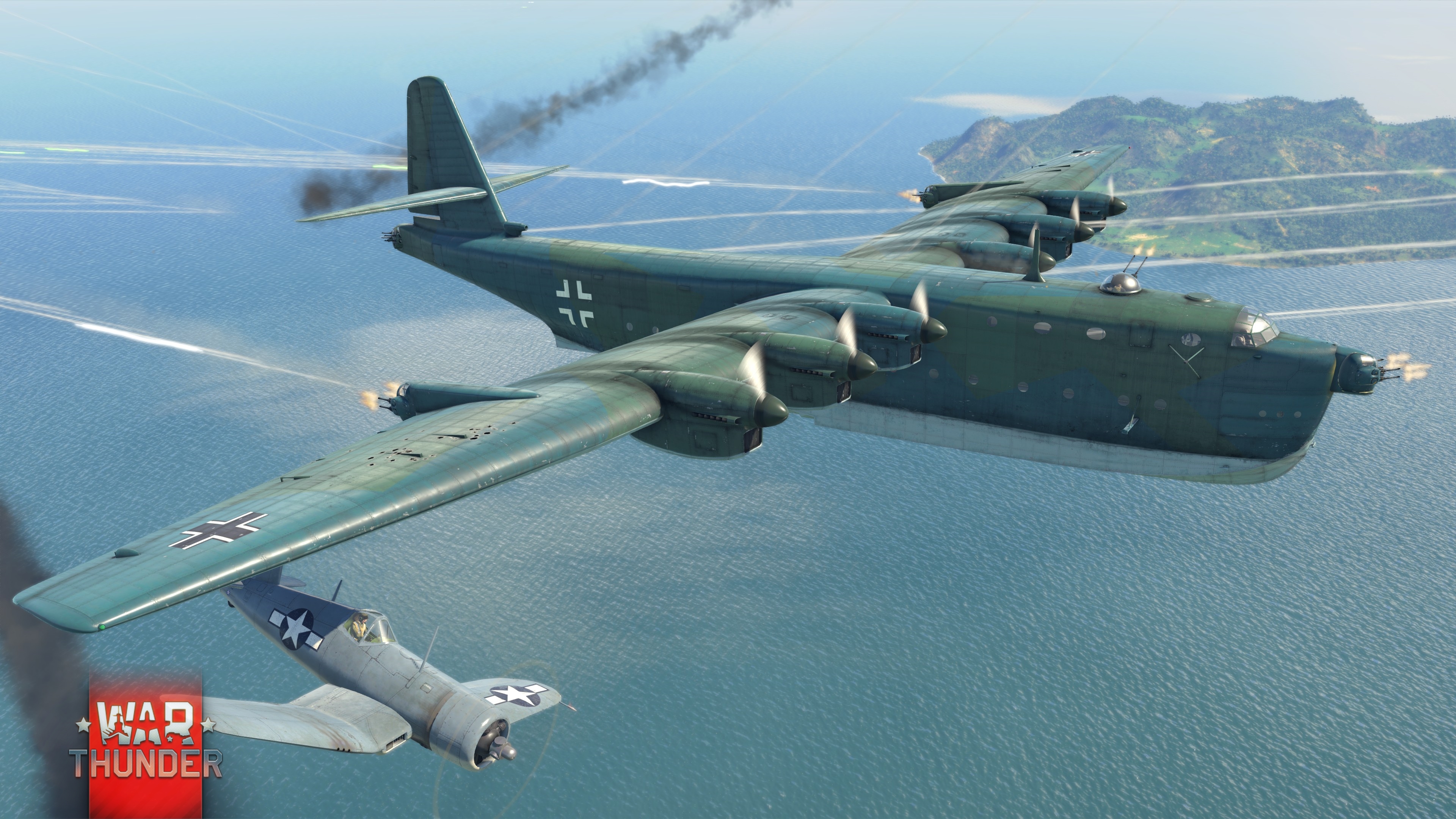
It's difficult to imagine an aircraft of the Second World War that exceeds the size of the American B-29 Superfortress strategic bomber or the Japanese H6K Crocodile. But now we have a new record-breaker!
The German super-heavy BV 238 flying boat, made by the Blohm und Voss company, is one of the largest aircraft of the 20th century ever to be given shape in metal. Work on designing the giant began in 1940. Its engineers intended it to become a four-engine transport plane. However, Germany's tricky military situation forced changes in the project – the mighty 1,000 horse-power Jumo engines never reached the aircraft builders, who were ordered to repurpose the craft for military needs. The aircraft was put into testing in 1944, and its sheer size blotted out the sky – the six-engined giant was almost 13 meters tall, with a wingspan of 60 meters and a weight of 55 tons. This miracle of engineering was intended to serve the German military as a long-range sea scout, a transport or landing aircraft, a torpedo carrier and, of course, a bomber – the BV 238's weight when overloaded exceeds 94 tons!
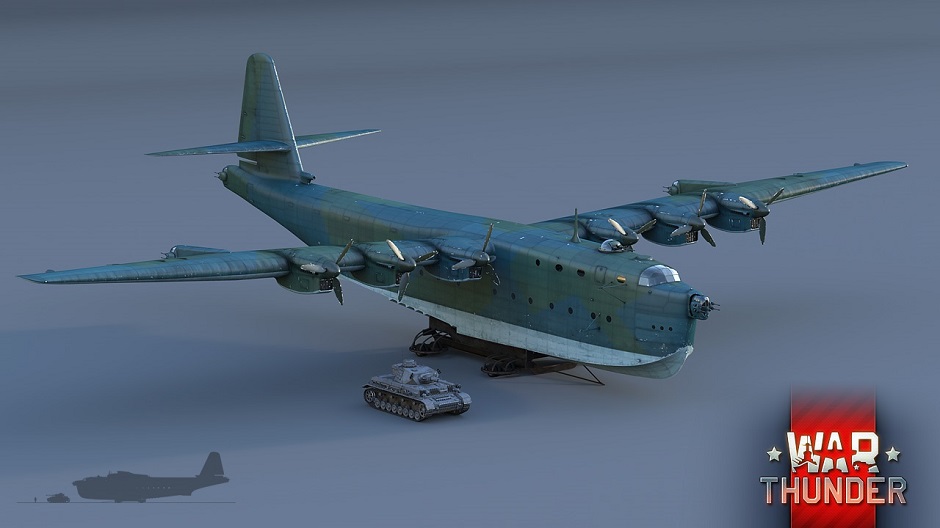
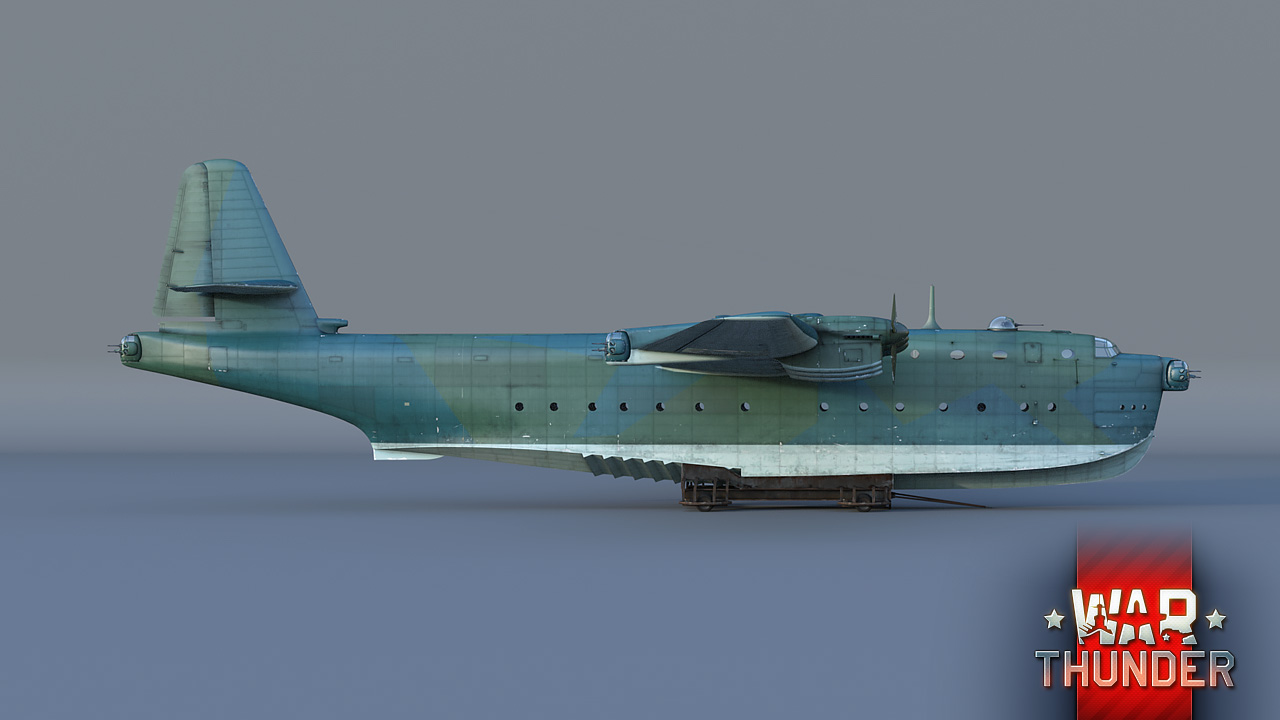
This aerial giant's life turned out to be quite short. The only completed plane took several test flights without armament or a bomb complement, before going down to fire from American Mustangs while berthed at the Schaalsee lake in Germany in the spring of 1944. Two more completed prototypes were scrapped due to the project's cancellation – things were going very poorly for the German army and manufacturing industry at this point. So ended the story of the largest aircraft of the Axis powers in the Second World War, and the heaviest aircraft of its time... But today the BV 238 receives a new lease of life – in the War Thunder game universe!
Read the full Dev Blog on the Official War Thunder Forums!




